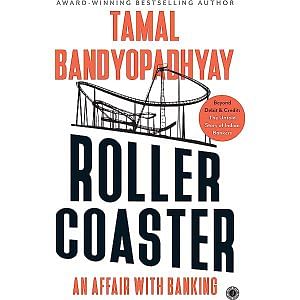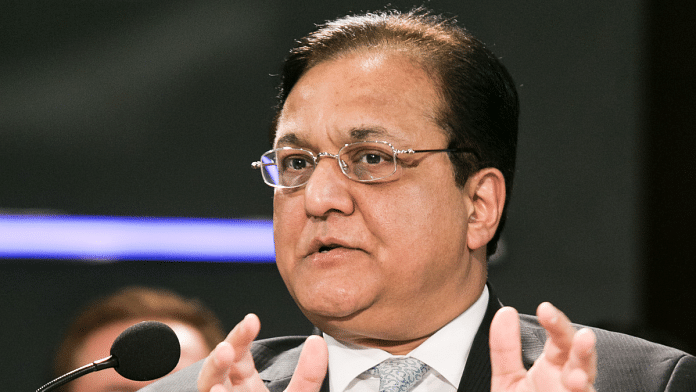Yes Bank’s Promoter and CEO Rana Kapoor was all about “I, me, and myself ”.
He could get furious if anyone else had an opinion even remotely related to banking. On strategy, he would always have the last word—others were meant to execute his vision. If anyone ever dissented, Kapoor’s standard reaction was: “Don’t teach me banking.”
During the bank’s IPO in 2005, his slogan was “Nothing can come between me and the IPO.”
Indeed, nothing could come between him and the bank. Yes Bank’s head of direct banking learnt this the hard way. In the early days, when every bank needed the RBI’s clearance for setting up offsite ATMs, this executive was looking after all banking channels barring the branches. Once, the RBI gave the go-ahead for Yes Bank to put up 200 ATMs. The executive could not control his excitement and sent a mail breaking the news to all employees at the headquarters.
A furious Kapoor blasted the senior executive—how dare he make such an announcement! It was the CEO’s prerogative. Kapoor, feared by most and respected by a few, was a firm believer in the demonstrative effect of a dressing-down in public. His usual demeanour towards his executives was: “You exist because I ‘allow’ you to exist.” Kapoor strongly believed in the “divide and rule” policy as a leader. No business head was ever allowed to feel secure. So Kapoor always “cultivated” the no. 2 in any business division when he thought that a particular business head was getting powerful and “independent”.
He also did not take kindly to employees quitting the bank. Once anyone expressed their intention to move on, Kapoor would ask that person to leave immediately, sometimes even ordering them to leave the company car behind in the office parking lot and “walk back home”.
Party Time
He believed in marathon meetings. In the early days, one of the management committee meetings started on a Thursday morning, continued till Friday early morning, and, after a break, went on till Saturday morning. The meeting had started with eight executives, but there were around 30 people in the room by the time it ended. That was typical of Kapoor’s style. As the meeting progressed, he asked more and more people to join in.
Booze flowed in the evenings. Kapoor’s preferred drink is Johnnie Walker Black Label. To keep him happy, colleagues would keep topping up his glass. He could reportedly drink half a bottle without getting drunk. But people around him would hardly remain sober, creating an ideal opportunity to get his message across.
In the early days, there were many parties at Kapoor’s residence at Grand Paradi behind the Shalimar Hotel, Kemps Corner, Mumbai. The party would start at around 9 p.m. and continue till early the following day. The choicest alcohols would be served, and senior bankers would listen to Kapoor spellbound while Bindu (Kapoor’s wife) would engage their spouses separately. Kapoor could mesmerise his colleagues when he was in full flow. After the RBI was convinced that Kapoor was destroying the bank, it wrote to the Yes Bank board, headed by Ashok Chawla, a former finance secretary, to look for Kapoor’s successor. There was hard lobbying with the regulator to allow Kapoor to remain in the saddle as “the bank could not run without him”.
In one meeting at RBI, Kapoor changed his track—from arrogance to emotion, from a despotic leader to a vulnerable parent. All for holding on to power. Such leaders are always great actors. He called the bank his son—his only son beside his three biological daughters—with tears rolling down his cheeks. But the regulator was not impressed.
 This excerpt from Tamal Bandyopadhyay’s Roller Coaster has been published with permission from Jaico Publishing House.
This excerpt from Tamal Bandyopadhyay’s Roller Coaster has been published with permission from Jaico Publishing House.



